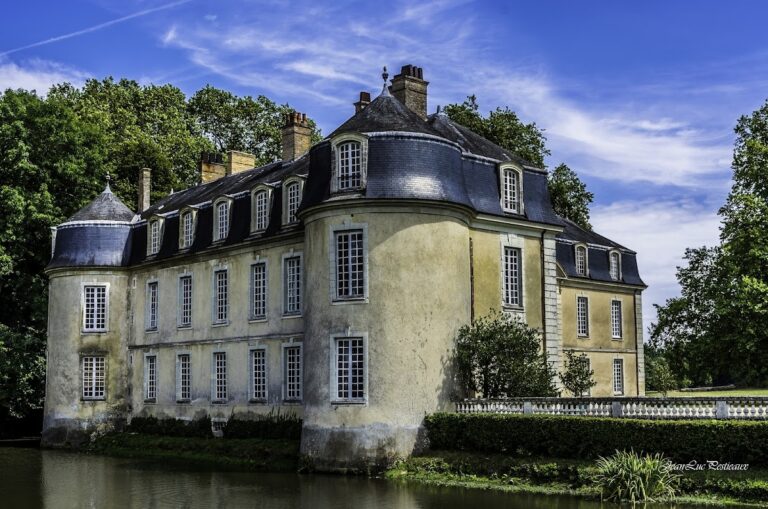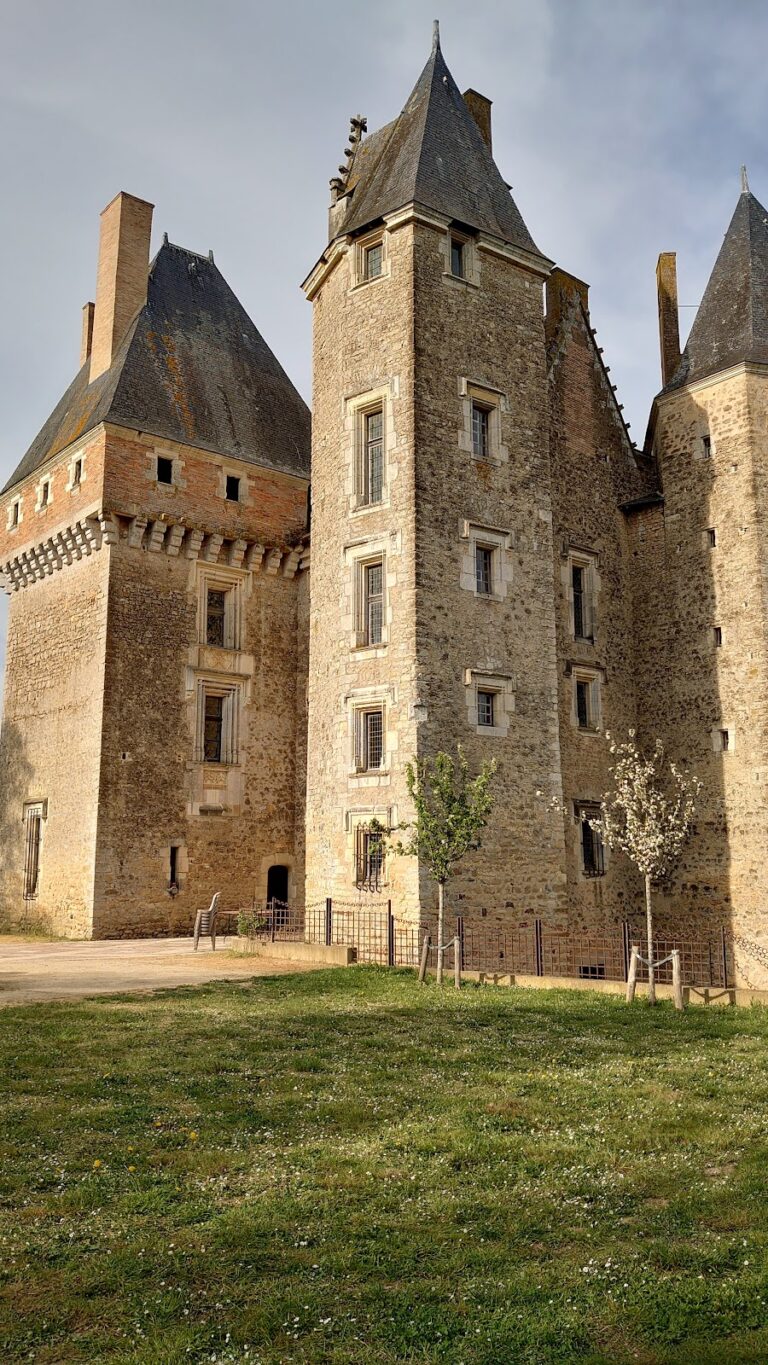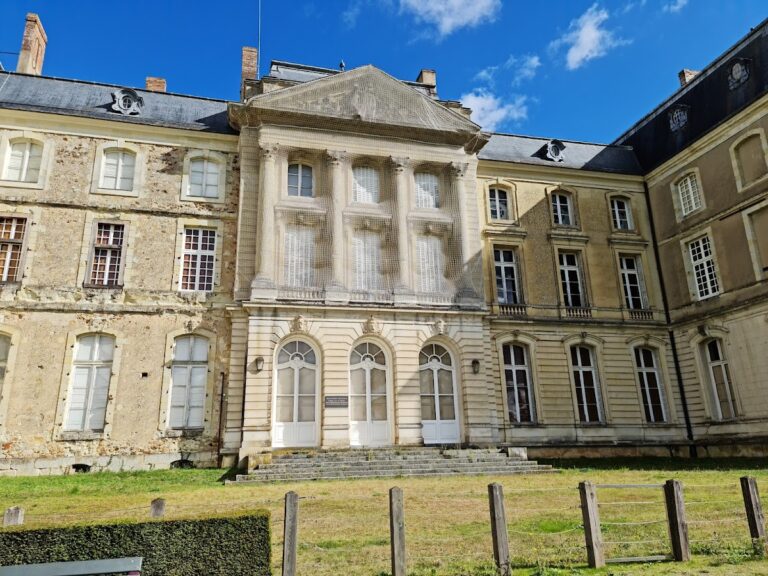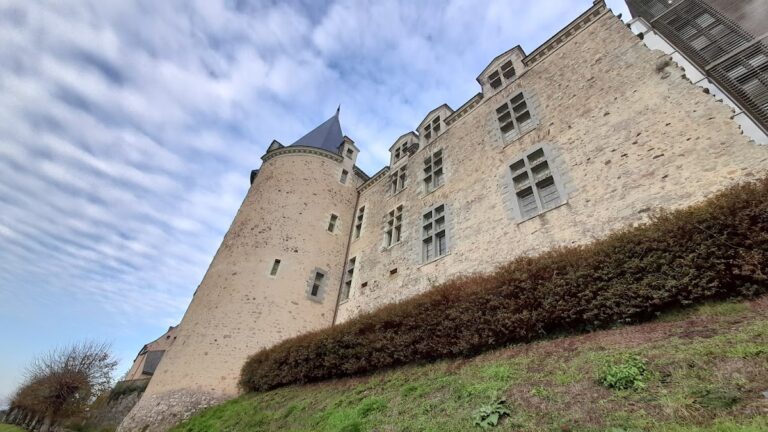Château de Villaines: A Historic French Estate in Louplande
Visitor Information
Google Rating: 4.3
Popularity: Very Low
Google Maps: View on Google Maps
Official Website: chateaudevillaines.com
Country: France
Civilization: Unclassified
Remains: Military
History
The Château de Villaines is situated in the commune of Louplande, France. Its origins trace back to a medieval fortress established in the 12th century, highlighting the strategic importance of this location during the Middle Ages.
In the 17th century, the original fortress was replaced by the current château, marking a significant architectural and residential transformation typical of French noble estates from that period. This new construction maintained the site’s prominence while reflecting the changing tastes and needs of the era.
Ownership of the estate shifted notably in the late 18th century. Initially held by the Gaignon family, the property was acquired in 1776 by the Marquis d’Aux. Following this change in lordship, the château temporarily took on the name of its new owner. By the close of the 19th century, however, it reverted to the historic title Château de Villaines, preserving its longstanding identity.
The château also features in 19th-century literature. Honoré de Balzac referenced it in his novel Madame Firmiani, portraying it as the residence of Octave de Camps. The storyline involves the forced sale of the property to a faction known as the Bande noire, reflecting themes of social upheaval and property transition relevant to the period.
During the 20th century, the château played a role in both World Wars. In World War I, it was repurposed as a training center for military chaplains affiliated with the American army, emphasizing its function in supporting wartime efforts beyond combat. Its strategic importance persisted into World War II when German forces occupied the estate starting in 1940.
Remains
The Château de Villaines showcases remnants of its historical construction that have been preserved over the centuries. The estate features carefully maintained façades and roofs dating primarily from the 17th century rebuilding, constructed with traditional materials characteristic of that era. The preservation of these exterior elements provides insight into the architectural style and techniques used during the château’s major development phase.
One of the notable interior features includes an iron-railed staircase. This element highlights both functional and decorative metalwork from the period, contributing to the château’s historical authenticity and detailing. Its continued preservation allows visitors to observe craftsmanship of the time firsthand.
Surrounding the château, the original moats remain intact, complete with their historic bridge. These defensive water features are integral to understanding the site’s medieval origins as a fortress, while their survival underscores the continuity of the estate’s landscape design across centuries.
Additionally, the property contains a dovecote, locally referred to as a fuie. Historically significant for housing pigeons, which were an important resource for meat and communication in earlier times, this structure adds to the understanding of estate management practices.
Together, these architecturally and historically significant features have been officially recognized and protected as historic monuments since 1984. The château’s park extends over 15.2 hectares and has held environmental protection status since 1967, further preserving the site’s natural and designed landscapes. The gardens have also earned the label “Jardin remarquable,” a distinction awarded for their exceptional design and careful upkeep, highlighting the estate’s lasting cultural and environmental value.







